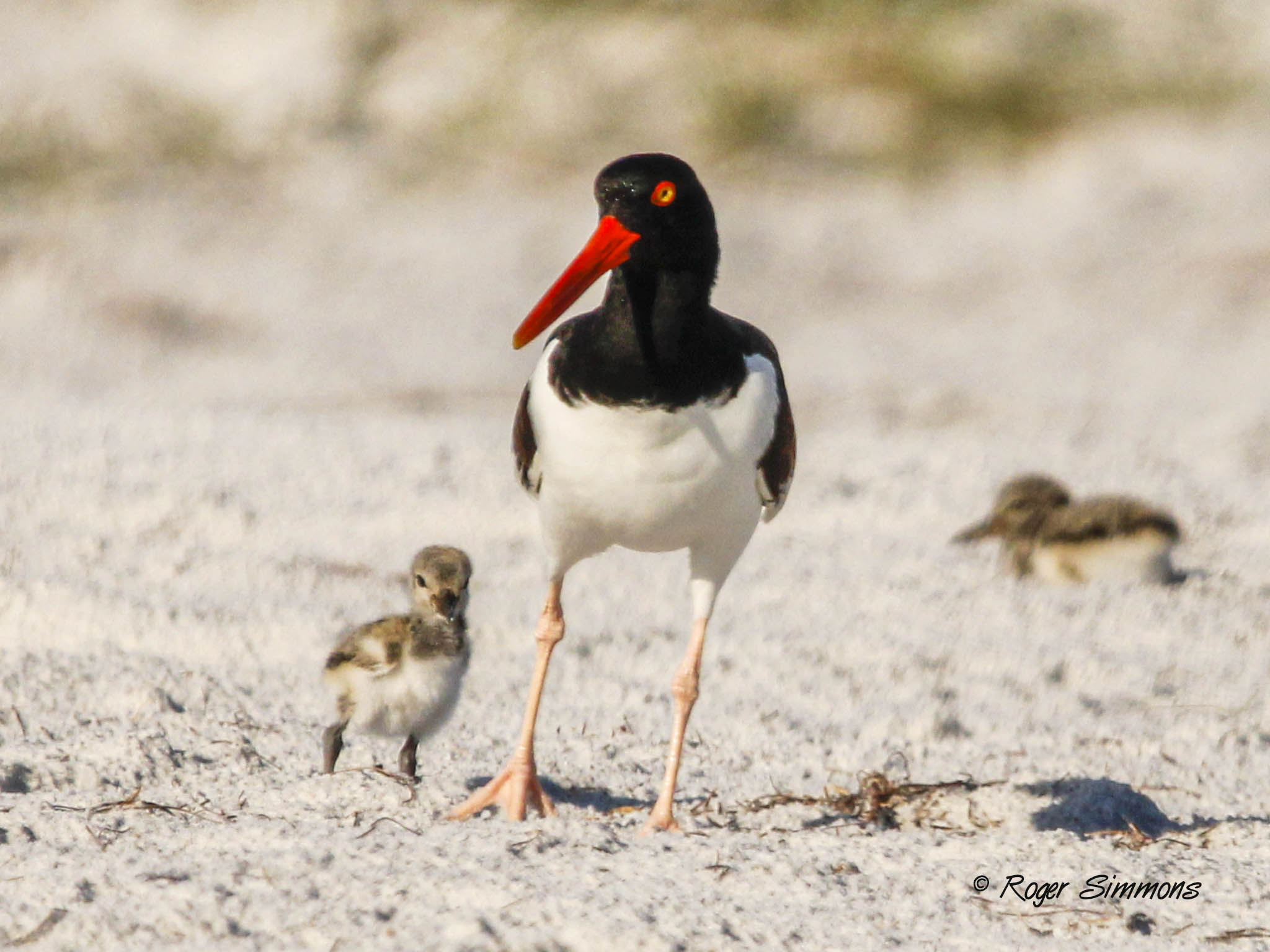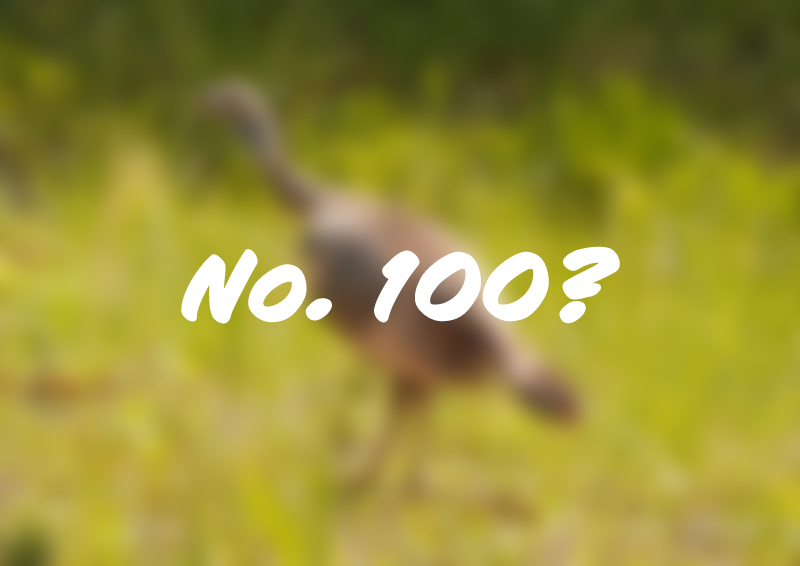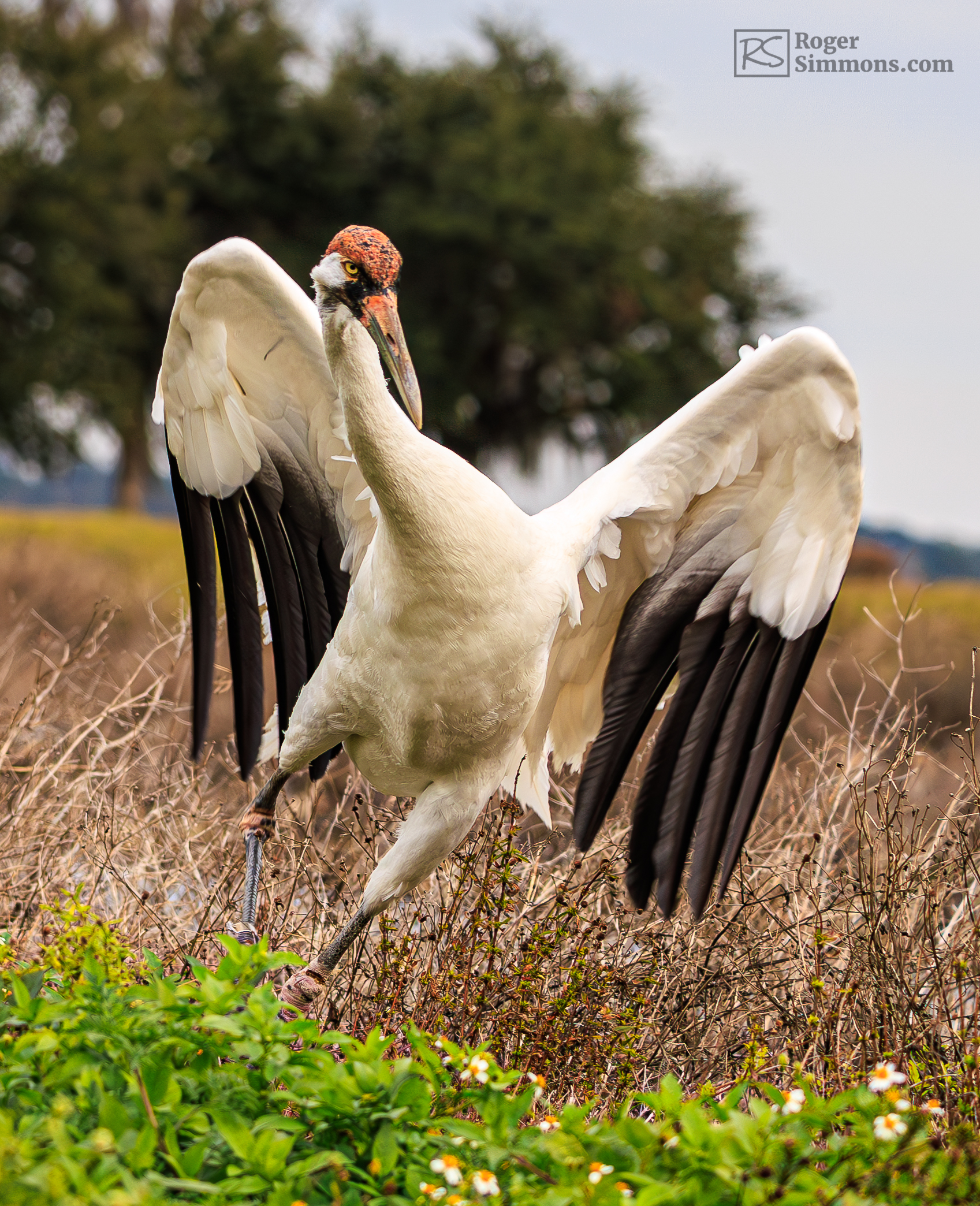I kicked off Memorial Day weekend on Friday by traveling to Fort DeSoto Park near St. Pete Beach to see what shorebirds I might find.
With a group of other photographers, I came across a family of American Oystercatchers, and I ended up learning a lot about these colorful birds and their interesting backstory.
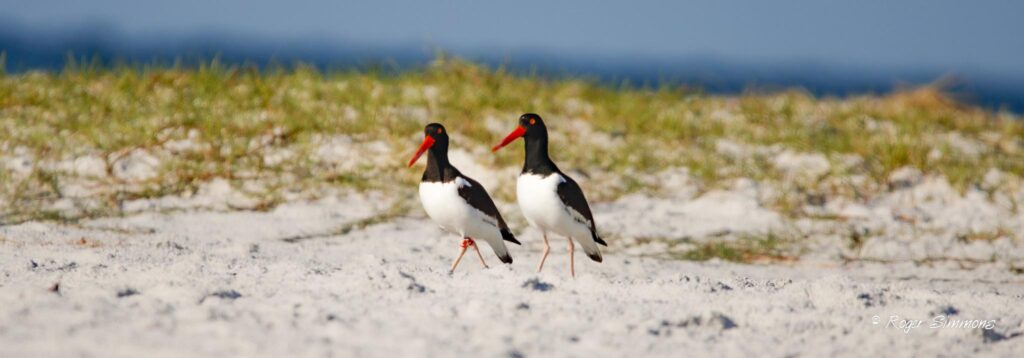
“American Oystercatchers are listed as threatened in Georgia and Florida, and proposed as a ‘species of special concern’ in North Carolina,” the American Oystercatcher Working Group notes on its website. “In 2002 and 2003 an aerial survey of the species’ winter range (Atlantic and Gulf coasts from New Jersey to Texas) resulted in a population estimate of 10,971 individuals (+/-298), with 7,500-8,000 wintering on the Atlantic Coast.”
One way researchers keep track of American Oystercatchers is by placing bands on their legs. And one of the Oystercatchers I met at DeSoto was a mother named “AE,” for the code on her band.
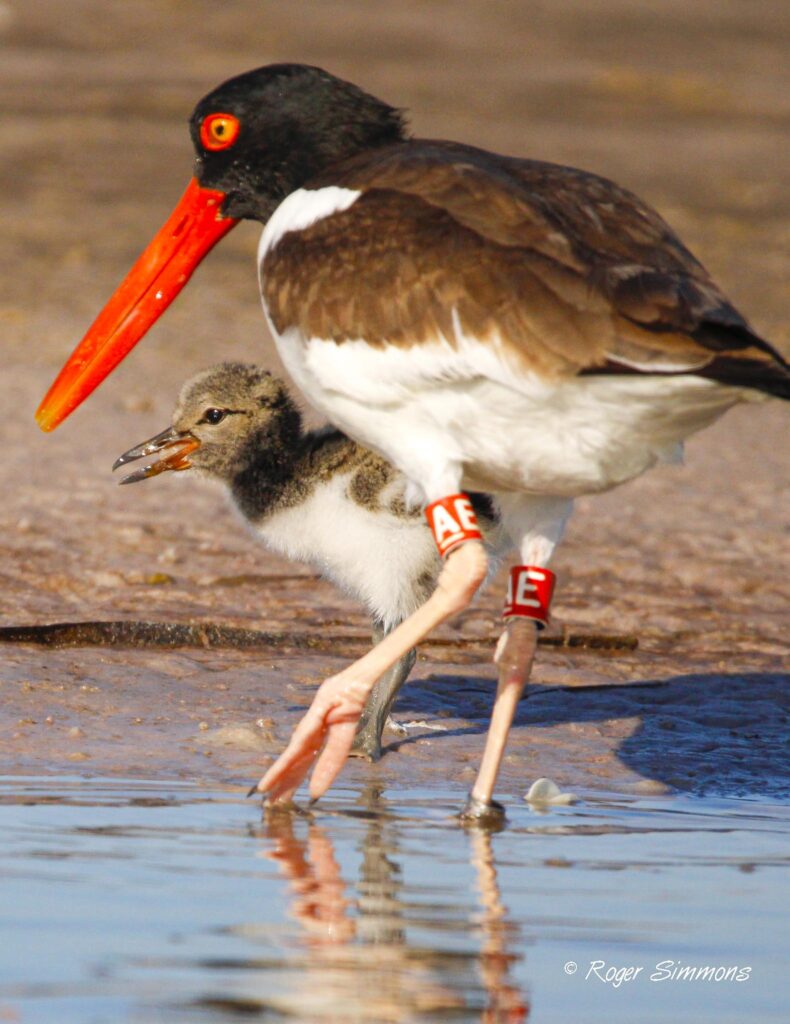
According to a contributor in the Fort DeSoto Facebook group, AE was banded in Georgia in 2012. Her mate is named Archie. They have been raising babies in the Tampa Bay area since 2015. This year, they have three chicks who are all as cute as can be.
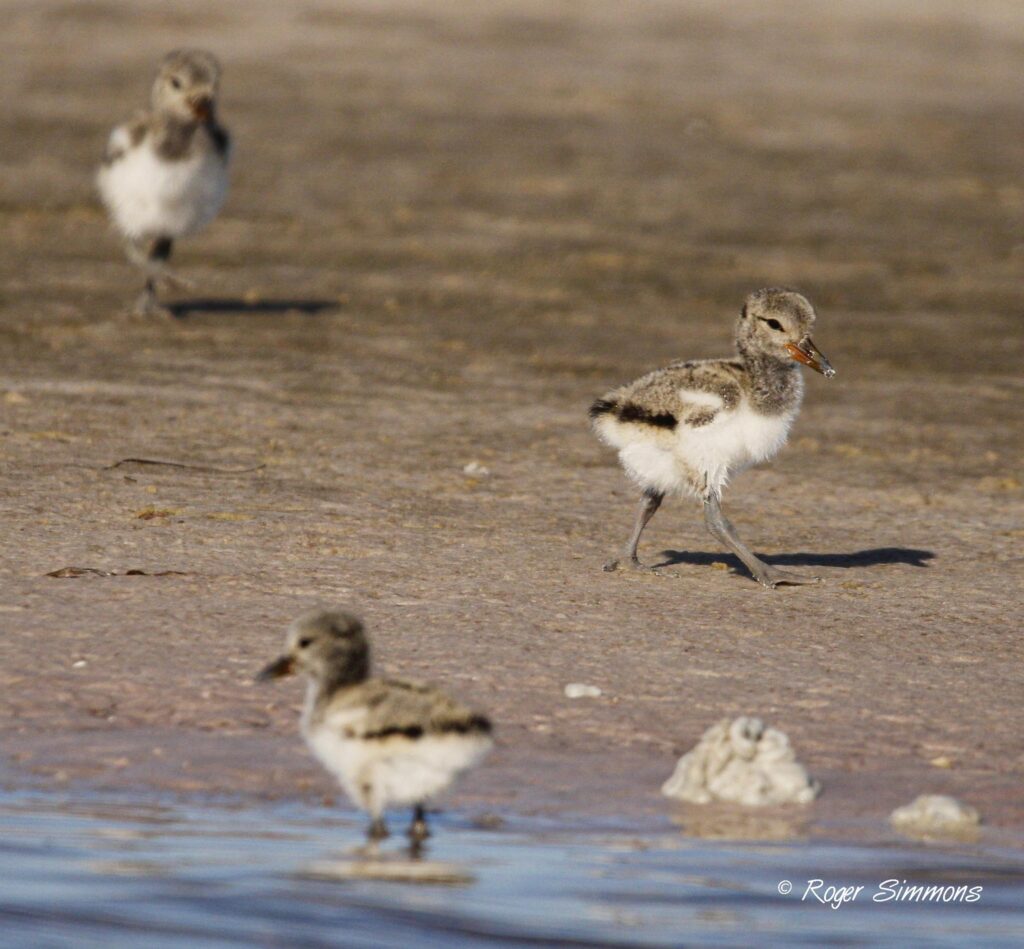
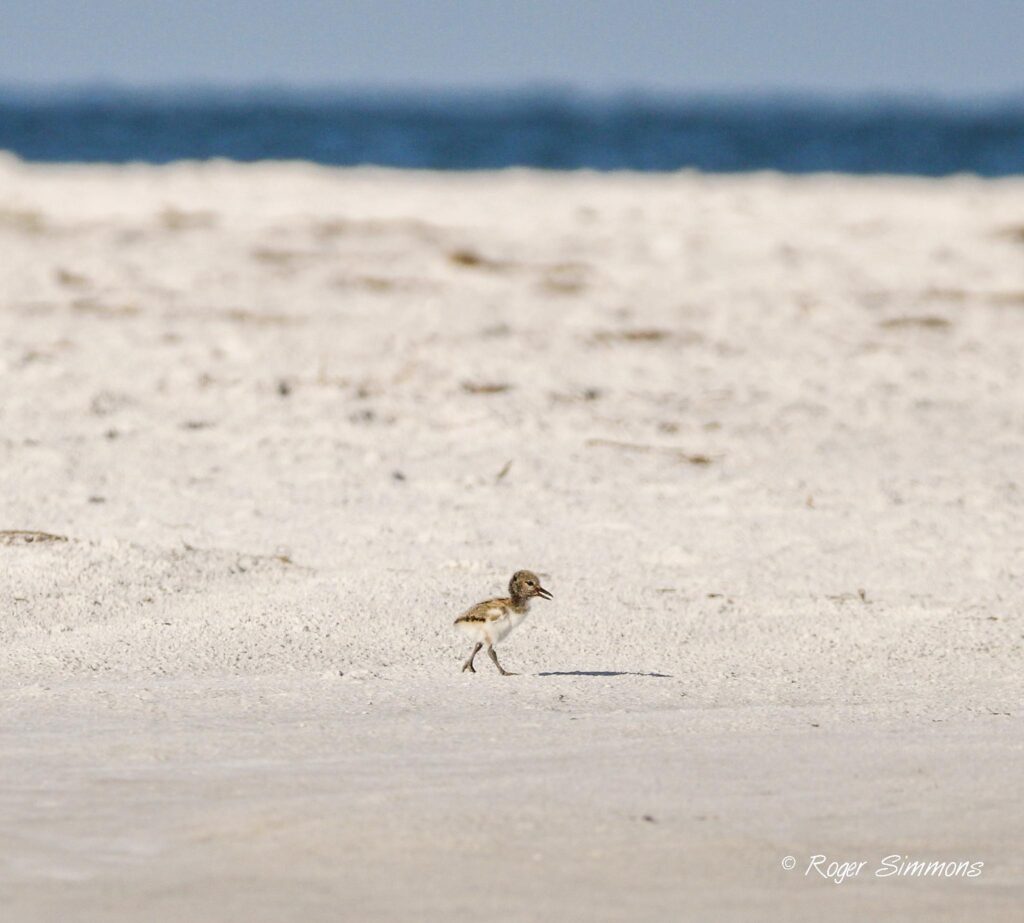
What also makes these birds special is how they feed.
The Florida Fish and Wildlife Conservation Commission notes on its site, “The American oystercatcher is one of a few bird species that feed primarily on mollusks, although they will also eat jellyfish, worms, and insects. … Oystercatcher bills act as strong shucking tools, used to loosen the adductor muscle (the muscle that keeps the shell closed) in the mollusks they eat. Once the muscle is pried loose, the shell is easily opened.”
We saw this in action over and over again as the parents would grab food out of a little lagoon and feed the chicks.
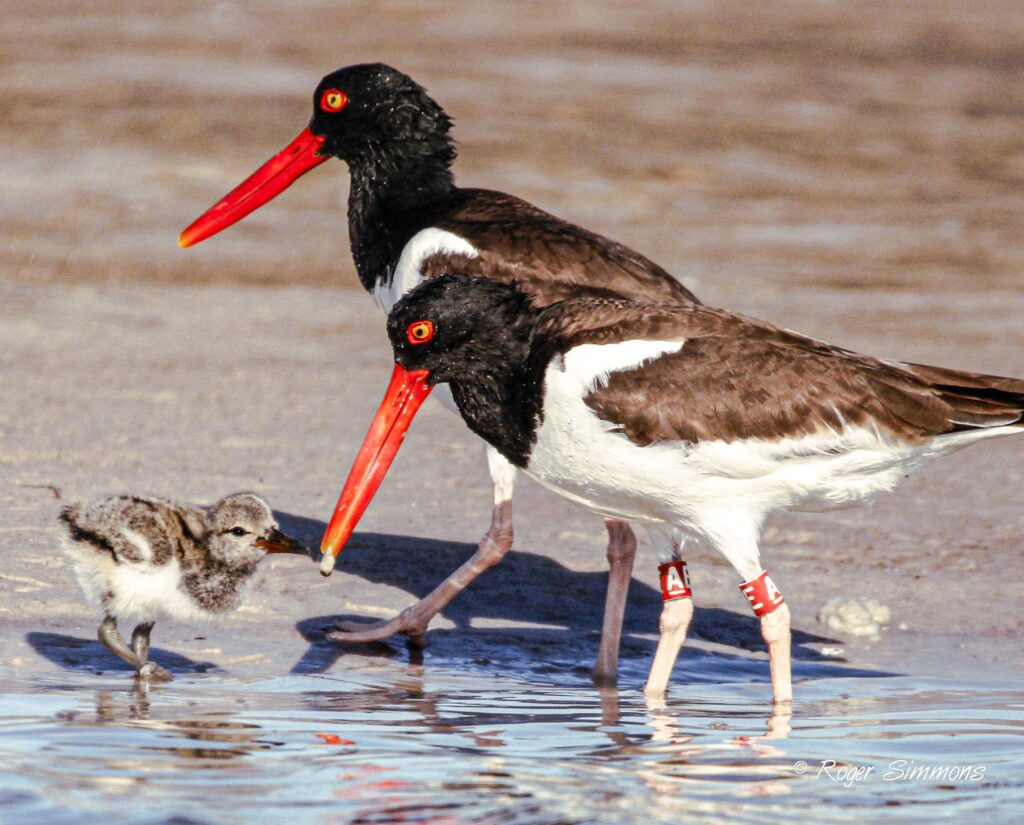
Take a look at the photos and enjoy – and hopefully appreciate – these American Oystercatchers.
Click on an image to launch the gallery and use the arrows to navigate between photos.

